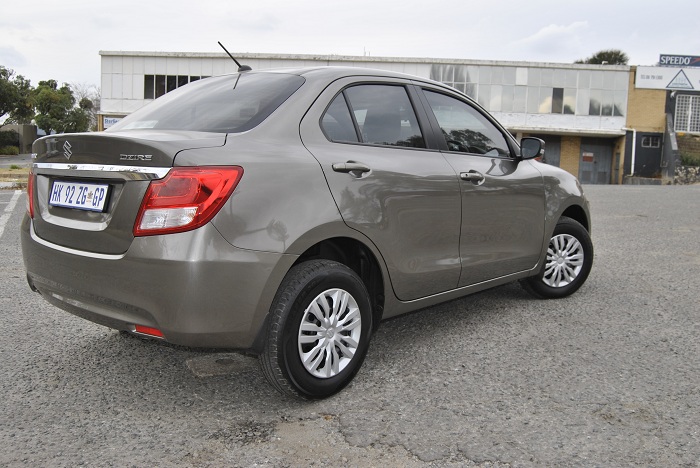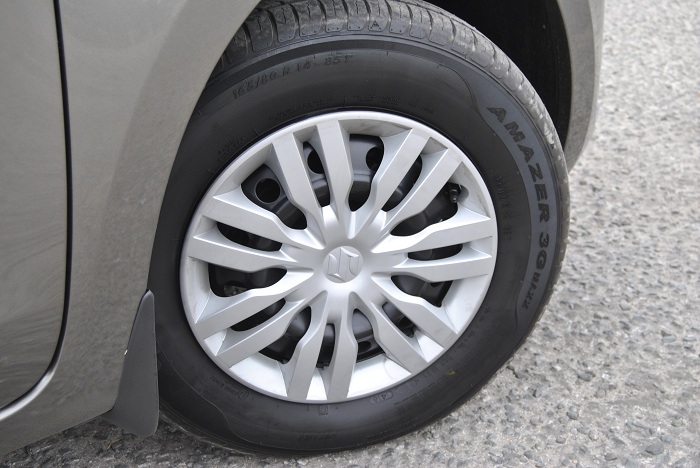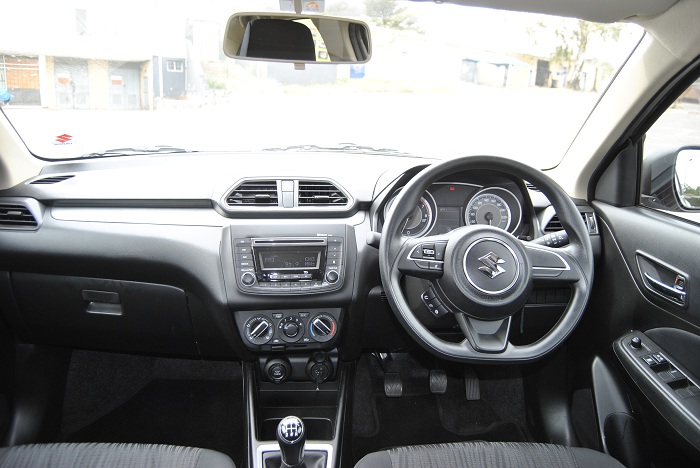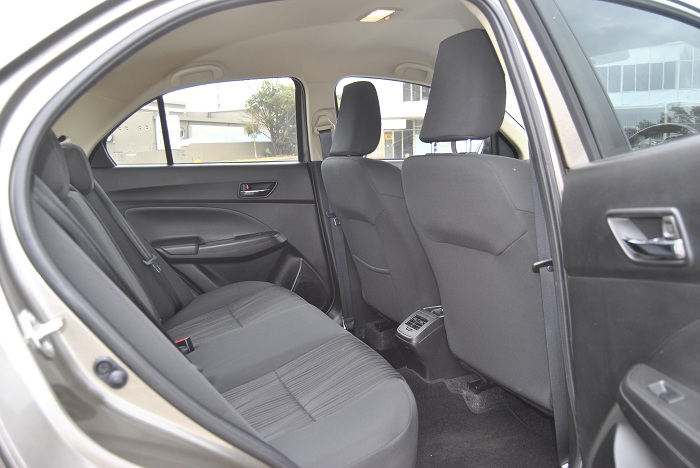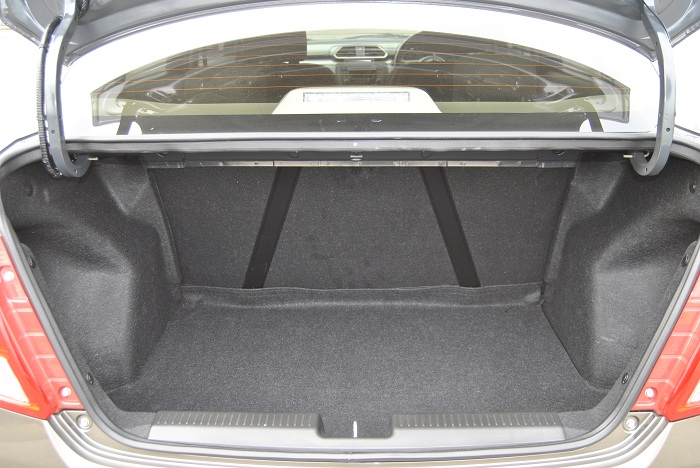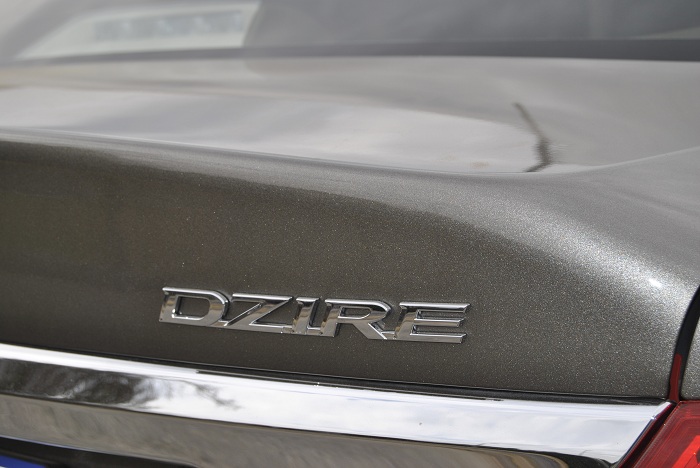Above these though sits the Swift, which has been a perennial feature come the NAAMSA sales figure, with well over 300 units finding new months on a monthly basis. With the recent launch of the all-new Swift, this trend is to continue given that model’s tweaked new looks and a very competitive price tag.
The independent Indian
Sitting at the other end of the spectrum, the Swift’s sedan equivalent, the DZire, does battle in a comparatively small segment against the Honda Ballade and Ford Figo, both of which are also sourced from India.
The unveiling of the new Swift has however resulted that production of the DZire now takes place at parent company Maruti Suzuki’s Manesar Plant, while the recently newly opened Hansalpur Plant near Ahmedabad produces the Swift.
Being the best-selling sedan in its country of origin, and after editor Sean Nurse had noted a number of positives on the local media launch in KwaZulu-Natal earlier this year, the DZire soon made its presence known when a Magma Grey Metallic GL arrived at the Autodealer office.
Looks will split attention
As mentioned, the DZire now stands alone from the Swift and from a visual standpoint, is far more attention grabbing than its somewhat dull predecessor, although some might consider it to be on the polarising side given the usually conservative nature of models in this segment.
Highlighted by the oversized, sweptback headlights, concave grille with its chrome surrounds, flared wheel arches and relatively short front overhang, the DZire is highly unlikely to walk away with the first prize beauty award, but it is certainly more distinctive than before.
The rear facia is a different story though in that it has been largely been carried over from the old model sans the new taillights, while the rather tiny 14-inch wheel with their plastic covers appear lost in those expansive arches.
The up and downside of cost cutting
While it may be different from the Swift outside, the DZire is very much identical inside where the cost-cutting elements are most prominent. Yes, its gets a new instrument cluster and a sporty D-shaped steering wheel, but retains the old sound system display instead of the new touchscreen infotainment you get in India an on the European Swift.
The setup does sport Bluetooth and USB, though the latter will be frustrating for technophiles as it only reads 255 media items, while the sound quality itself is average. Then there are the materials which are of varying quality; in fact, our tester developed a faint rattle from the passenger side towards the end of its stay. As with previous Suzuki models, the lack of auto locking doors remains an unfortunate oversight.
If there has been a benefit of the cost-cutting measures, it is the DZire’s equipment list which in GL guise includes electric windows all around, dual front airbags, electric mirrors, steering wheel audio controls, rear armrest with integrated cupholders, height adjustable steering column and rear passenger air vents.
Compact but still relatively roomy
Speaking of the rear, the DZire is also longer than the old model thanks to being based on the same Heartect platform as the Swift, which translates to a gain of 15mm in shoulder room. While this means good levels of legroom for a small sedan, headroom is a tad pinched for larger adults. As for practicality, the DZire offers an equally impressive 378-litres of boot space, 78-litres more than before, despite the compact nature of the boot’s design.
Perky engine, light weight, less pump trips
The biggest benefit of the new platform is that the DZire shaves 78kg off of the old model, meaning a curb weight of well under 900kg, and spritely performance form the willing 1.2-litre K12M petrol engine. Delivering 61kW/113Nm, the little motor proved capable enough in everyday stop stop/start traffic, with the undoubted stand-out being the sweet shifting five-speed manual gearbox.
At the national limit, the lack of engine noise was noticeable despite the motor revving well past the 3 000rpm mark, while the well-spaced ratios meant that shifting down while cruising was seldom needed. Of course, the biggest party piece was the DZire’s fuel consumption, which came to a best of 4.8-litres/100km, 0.1-litre/100km up on the claimed figure.
Conclusion
In the current economic climate, value speaks the loudest and in the case of the Suzuki DZire, there is a lot to be liked at the GL’s R177 900 asking price.
If you can live with the dated audio display, variable degrees of interior fit-and-finish and the attention dividing looks, the DZire offers basic, fuss-free motoring with a peppy engine, good ride quality and spacious (for this type of car) interior that will prove to be reliable and most importantly, fuel efficient for years to come.



